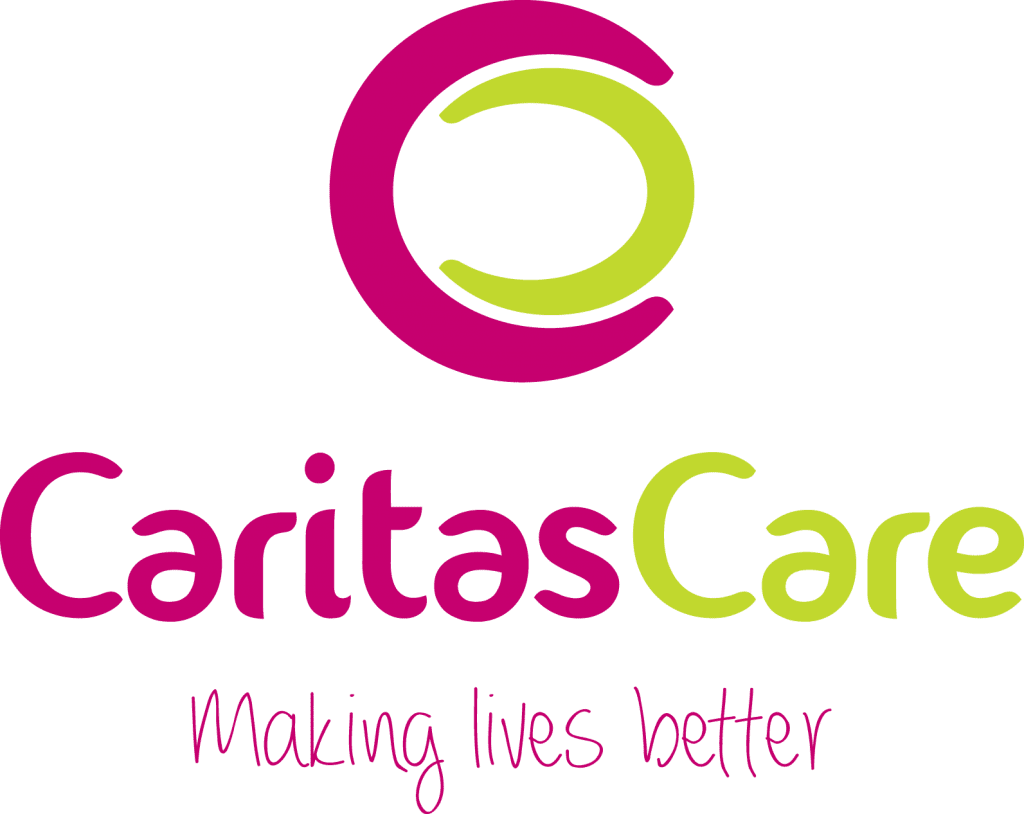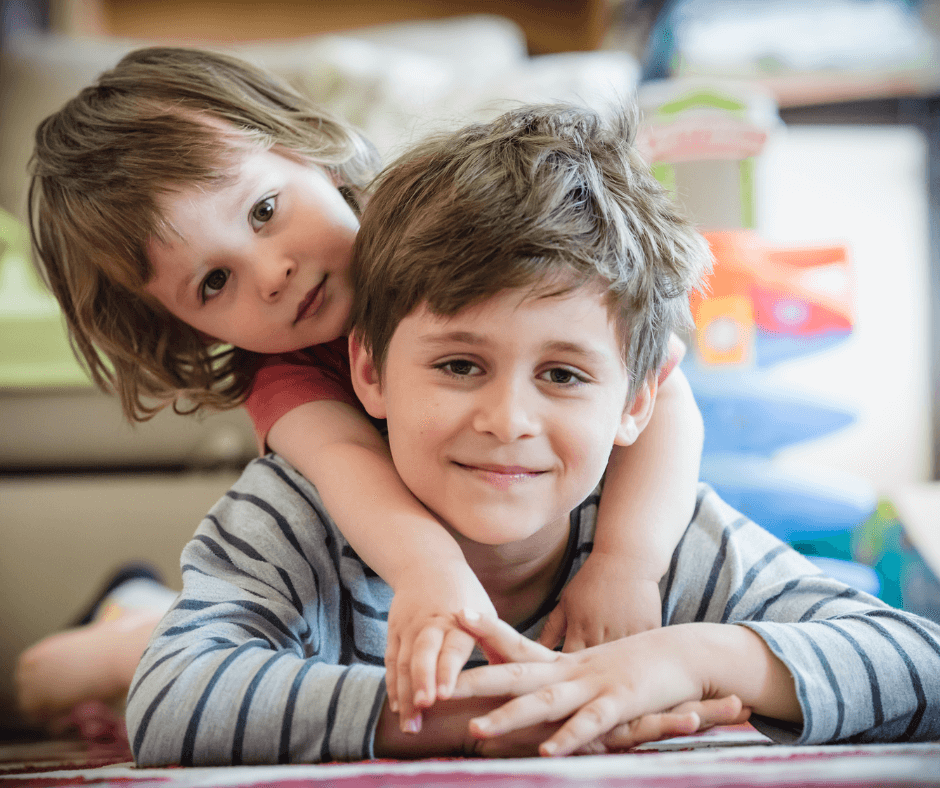Types of Adoption
Delivering high quality adoption services for 90 years
Call: 0800 652 6955
Traditional Adoption
This is when a child or children are living in foster care and legal proceedings have concluded that they cannot return to live with their birth family for many different reasons. An adoptive family is found and the child or children move to live with them. It is a legal process where all rights and responsibilities are transferred to the adoptive parents permanently on the making of the adoption order.
Caritas Care’s Adoption Service is rated OUTSTANDING in ALL areas by Ofsted.
You can find out more about the adoption process HERE and about the groups of children we are looking to find families for HERE
Early Permanence
Early Permanence is a way of providing stability for a child of any age. In some cases a child’s plan is being “twin-tracked” (Concurrent Planning) and an assessment has not yet concluded what the right plan should be. In other cases the Local Authority plan is adoption but the court proceedings have not yet concluded.
Early Permanence is aimed at reducing delay and ensuring that children are placed in what is likely to be their “forever” home earlier. This provides consistency and stability for them at an earlier stage which means that they can start to put down roots and settle. Children who experience inconsistency can struggle in all aspects of their lives- Early Permanence can make a big difference in their formative years.
Adoption through Early Permanence includes Fostering For Adoption and Concurrent Planning:
Fostering for Adoption
Another route to adopt is through Fostering for Adoption. This involves being approved as an adoptive parent, but when a child/ren are placed with you it would initially be on a fostering basis.
The child is placed under fostering regulations because, whilst the local authority have already decided that adoption is the right plan for the child, the courts are still to decide what they think is the best outcome and this could be for them to return to their birth family. It is centred around the child and aimed to minimise change and create stability at a time when they are at their most vulnerable.
Concurrent Planning
Concurrent Planning is for very young children who enter care and are likely to need adoption, but who also still have a small chance of being reunited with their birth family.
It involves being approved as both foster carer and adopter, meaning that the role of foster carer will be performed while the courts decide whether or not the child can return to his/her birth family.
It is centred around the child and aimed to minimise change and create stability from an early stage in their lives.




